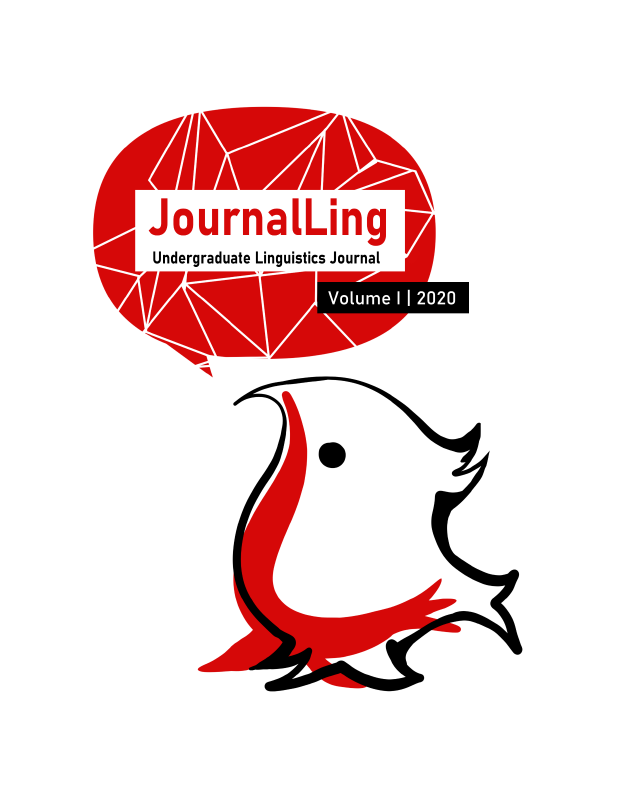Publié-e 2020-12-31
(c) Tous droits réservés Tallis Clark 2025

Cette œuvre est sous licence Creative Commons Attribution - Pas d'Utilisation Commerciale - Pas de Modification 4.0 International.
Résumé
In Malagasy, a predicate-initial Austronesian language spoken in
Madagascar, possession may be encoded in three prominent constructions.
This paper focuses on explaining the semantic structure of one of these
three, the External Possession construction. This construction is formed by
compounding a noun with an adjectival modifier to form a predicate, which
then takes a grammatical subject which possesses the modified noun:
(1) [PRED Tso-piainana ] izy.
simple life 3sg.NOM
'He has a simple life.'
This construction is compared with the structurally-similar mananapossession.
In External Possession, the possessor appears as a grammatical
subject to an intransitive possession predicate, while in mananapossession
the possessor forms as a grammatical subject to a transitive verb
manana ‘have.’ Its form is shown in (2):
(2) [VP Manana fiainana tsotra ] izy.
have life simple 3sg.NOM
'He has a simple life.'
In External Possession, the possessor’s relationship with the possessed
entity must come from the definition of the possessed entity. This is shown
by the possible interpretations of each construction’s relationship between
the possessor and that which is possessed. Using the concept of relational
nouns given in Barker (2019) as a noun which implicitly denotes a
relationship between the noun itself and some other entity, I propose that
Malagasy External Possession constructions can be understood as
grammaticalizing that implicit relation into a subject and its predicate. In
this case, the grammatical subject’s semantic role is the related entity, and
the predicate is a compound formed from the relational noun and some
modifier. To account for the necessity of modification to the predicate, I
adopt the Restriction operation of Chung and Ladusaw (2003).

